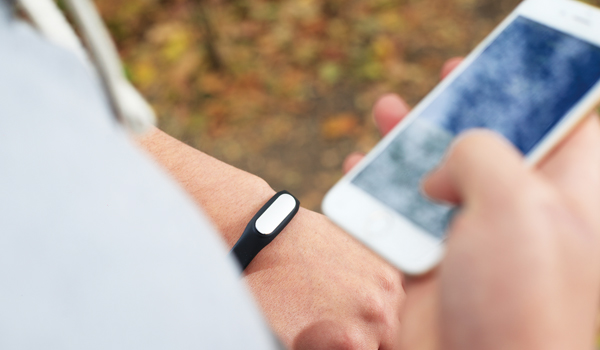Criminal justice system unprepared for emerging issues of personal technology
Personal technology such as fitness trackers and smartphones that record users daily activities are likely to be used increasingly in criminal investigations, raising questions about individuals rights that the legal system is not yet fully prepared to address, according to a new RAND Corporation study.
Personal technology such as fitness trackers and smartphones that record users daily activities are likely to be used increasingly in criminal investigations, raising questions about individuals rights that the legal system is not yet fully prepared to address, according to a new RAND Corporation study.
It says information such as location, travel patterns and even physiological details such as heart rate and activity levels could be retrieved from devices as a part of criminal investigations.
Such technology offers new tools to law enforcement, but raises unique issues regarding important constitutional rights such as self-incrimination, says the report.
It adds that courtrooms are already changing because of technology, with teleconferencing, digital records and even virtual reality entering the scene all intended to speed up proceedings and reduce the cost to the justice system.
These technologies raise issues of fairness for defendants and may change the notion of whether a trial by videoconference is equal to proceedings where everyone appears in person, according to the report.
Brian Jackson, lead author of the study and a physical scientist at RAND, the non-profit research organisation, explained: When changes are gradual, the law and the criminal justice systems have time to react and adapt naturally as conflicts appear. But new technologies are developing rapidly and are likely to create conflicts before the legal system is fully prepared to deal with them.
He says both the courts and law enforcement agencies need to make greater efforts to identify the conflicts ahead, as well educate the criminal justice workforce about how to both properly use and address concerns regarding the emerging tools.
The report says these efforts should focus on trying to identify and arbitrate disputes about technology before they reach a critical point. One example of such a conflict was when investigators probing the mass shooting that took place in San Bernardino in 2015 wanted to unlock a smartphone belonging to one of the shooters. Those efforts were delayed while investigators unsuccessfully tried to convince the phone`s manufacturer to aid their efforts.
Researchers say working through the issues surrounding new technologies outside the pressure of a public safety crisis is needed to better balance the value of using technologies in investigations versus the potential infringements on privacy and individual rights.
As a part of a multi-year project to look at the challenges that technology poses for the criminal justice system, researchers from RAND and the US research institute RTI International assembled a group of practitioners, legal scholars and advocates to examine issues involving technology and individual rights.
The group of 13 experts identified more than three dozen needs, each related to a specific problem or challenge posed to the protection of individual rights by new technology.
The area they flagged as requiring the most attention was assuring the quality and integrity of data used by the criminal justice system across a wide range of uses. According to the report, this includes both the quality of information gathered about crimes and placed into a digital record, as well as how that data is analysed, such as in risk-assessment tools used by both police and the courts.
For example, the report highlights that significant effort has been devoted to the creation of risk-assessment models that predict the likelihood that a person will fail to appear at their trial or commit crimes in the future.
When used in courts, these models may allow an individual to be released with a lower bail or no bail if they are assessed to be a low risk creating cost-savings for both the public and the defendant, says the report. To the extent the tools increase consistency between judges, the models could increase fairness. But if the predictive models unknowingly incorporate bias, then the tools could create systematic bias in the process.
The report also recommen



